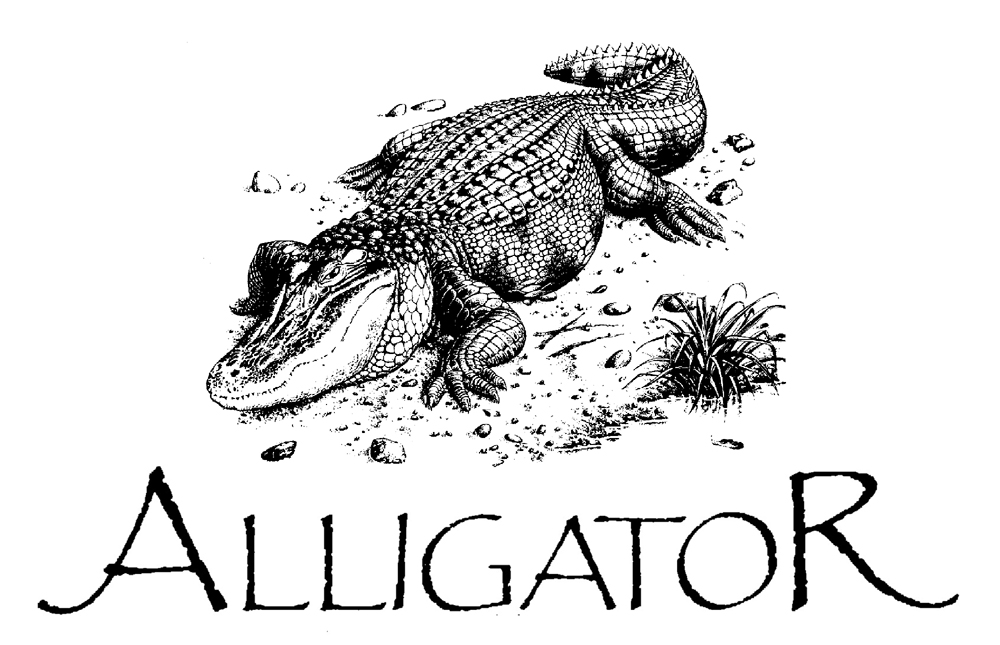To reserve an item email: alligatormilitaria@gmail.com or text: +44 (0)7970 273034
Handmade swan necked box spurs Inkwell stand
WWI era military officer’s 'swan necked' box spurs mounted on a hand formed (3.5cm deep) laminated wooden base with a milled chamfered recess, no doubt to hold an inkwell. The numerals have been created simply by utilising a hot metal bar and tube to stamp into the wood. The top and sides have been varnished, the base has traces of varnish and some staining. Faded pencil handwriting notes where a previous owner purchased this item, but only the word ‘bought’ is readable. Good overall condition with just a few very minor edge chips.
NB. Box spurs utilise a long metal bar, almost as a continuation of the neck which fits into a correspondingly shaped recess or 'box' in the the base of the boot heel and dispenses with the need for leather fixing straps.
L:23 x W:7.5 x D: 4.5cm £20.00 + £4.25 P&P UK
8th Army Old Comrades Association letter rack / desk tidy
Quite charming in its simplicity with vertically drilled holes for pens and pencils, this functional handmade desk tidy has probably been put together utilising ‘upcycled’ timber. Mounted on the front is believed to be a car grill / bumper badge, no doubt an uncommon item in itself.
Surely a one-off, this is in overall good condition, with just minor tarnishing to the chrome bezel. The badge has been ‘pinned’ to the timber via the manufactured mounting holes and is ever so slightly loose.
NB. Formed from the Western Desert Force in September 1941, the 8th Army was one of the best-known formations of the British Army during WWII, famously fighting Rommel in North African at Tobruk and El Alamein, eventually leading to the invasion of Sicily and mainland Italy.
H:10 x W:23.4 x D:8cm £14.00 + £4.25 P&P UK
Commemorative plaque - Admiralty Constabulary and Ministry of Defence Police
With roots as far back as 1686 when the Royal Navy needed an organisation to prevent dockyard crime, thereafter evolving into a variety of forces tasked with policing dockyard employess and navy personnel, a new Admiralty Constabulary was formed in 1949. That was in turn amalgamated with the Army Department Constabulary and the Air Force Department Constabulary in 1971 to form the Ministry of Defence Police.
This handmade wooden shield with mounted cap badges and buttons represents both these organisations, and also no doubt the career of a serving officer.
Small hole on reverse for mounting onto a wall pin.
H:16 x W:12.5cm £14.00 + £2.80 P&P UK
Hand painted plaque - Royal Army Pay Corps
Granted the title ’Royal’ at the end of WWI in recognition of its valuable service, the Royal Army Pay Corps deals with every kind of pay and allowance to all ranks, their wives, families and dependants. A far cry from the days of the Peninsular War when their forerunners, the Paymasters, hauled boxes of gold coins all over Spain. This is a beautifully painted wooden plaque that has not had the respect it deserves with minor edge knocks and loss of finish to varnish on corners and edges. The artwork though, remains bright and is in very good condition with just two or three minor surface scratches (not immediately noticeable). The original suspender has been removed and replaced with side mounting brackets.
H:24.5 x W:24 x D:2cm £25.00 + £4.45 P&P UK





